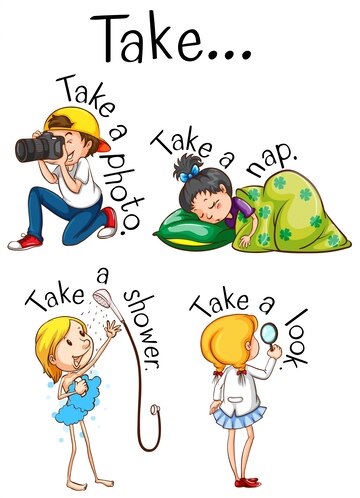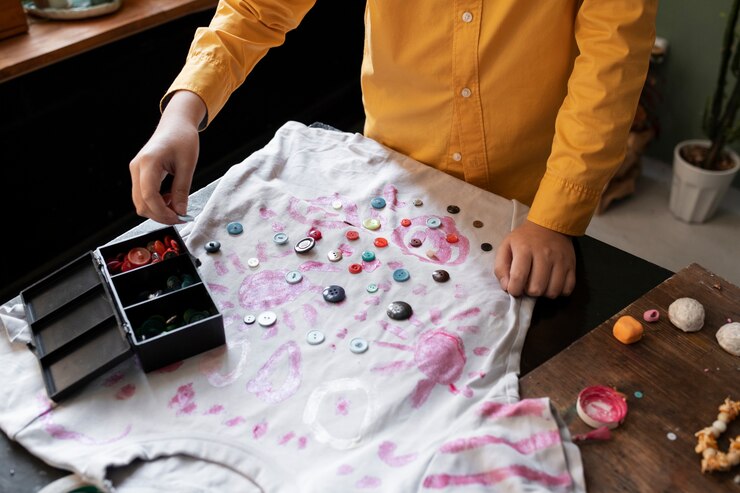Creative writing is an art form that allows individuals to express their thoughts, emotions, and imagination in unique and compelling ways. Unlike academic or technical writing, creative writing focuses on storytelling, emotions, and artistic expression. Whether you are a beginner or an experienced writer, understanding the different types of creative writing can help you find the best medium for your creativity. Here are some of the most popular forms of creative writing.
1. Fiction Writing
Fiction writing involves creating imaginary stories, characters, and worlds. It is one of the most well-known forms of creative writing and includes several subgenres:
- Novels – Long-form narratives with complex plots and character development.
- Short Stories – Concise stories that focus on a single theme or event.
- Flash Fiction – Extremely short stories, often under 1,000 words, that deliver a powerful impact in minimal space.
- Novellas – Stories that fall between short stories and novels in length, typically ranging from 20,000 to 50,000 words.
2. Poetry
Poetry is a form of creative writing that uses rhythm, imagery, and symbolism to evoke emotions. It can be structured or free-form and includes various styles:
- Sonnet – A 14-line poem with a specific rhyme scheme.
- Haiku – A traditional Japanese three-line poem with a 5-7-5 syllable pattern.
- Free Verse – Poetry that does not follow a specific structure or rhyme scheme.
- Limerick – A humorous five-line poem with a distinctive rhythm and rhyme.
3. Drama and Screenwriting
Dramatic writing involves crafting scripts for stage plays, movies, and television shows. This type of writing relies heavily on dialogue and scene descriptions:
- Plays – Scripts written for live performances in theaters.
- Screenplays – Scripts for films or television, following a structured format with scene directions and dialogues.
- Radio Dramas – Scripts designed for audio storytelling, relying on sound effects and dialogue.
4. Creative Nonfiction
Creative nonfiction combines factual storytelling with artistic writing techniques. It allows writers to explore real-life events while using literary devices typically found in fiction.
- Personal Essays – Reflective or narrative essays that share personal experiences.
- Memoirs – A collection of personal memories and experiences, often centered around a theme.
- Biographies and Autobiographies – Life stories of real people, written either by the subject themselves or by others.
- Travel Writing – Engaging descriptions of places, cultures, and experiences from a first-person perspective.
5. Journaling and Diary Writing
Journaling is a personal form of creative writing where individuals document their thoughts, emotions, and daily experiences. It can take many forms, such as:
- Personal Diaries – A record of daily life and reflections.
- Gratitude Journals – A collection of positive experiences and things to be grateful for.
- Dream Journals – A written record of dreams and interpretations.
6. Songwriting and Lyric Writing
Songwriting is a unique blend of poetry and music, where lyrics tell a story or convey emotions through melody and rhythm. Song lyrics can be:
- Ballads – Narrative songs that tell a story.
- Love Songs – Emotional expressions of affection and relationships.
- Protest Songs – Music with social or political messages.
7. Mythology and Folklore Writing
Writing myths and folklore involves crafting tales that explain natural events, cultural traditions, or moral lessons. These stories often feature supernatural elements and legendary characters.
8. Epistolary Writing
Epistolary writing uses letters, emails, or diary entries to tell a story. It is often found in historical fiction or novels that explore personal relationships and character development.
Conclusion
Creative writing takes many forms, each offering a unique way to express ideas, emotions, and experiences. Whether you prefer the structured elegance of poetry, the imaginative world-building of fiction, or the reflective nature of personal essays, there is a style of creative writing for everyone. Exploring different types of creative writing can help you develop your skills and find your voice as a writer.



